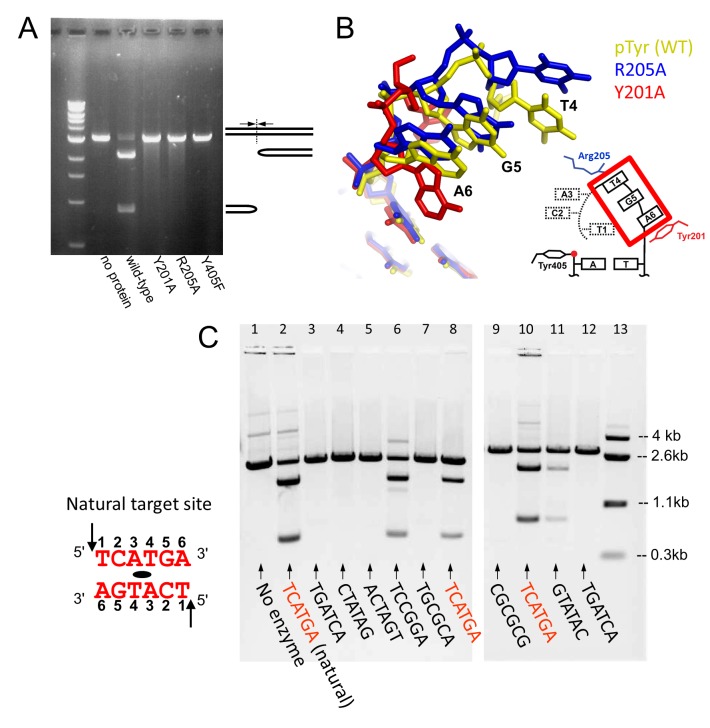Figure 8. Requirements for the formation of hairpin products.
(A) In vitro hairpin formation assay on the wild-type and mutant TelA proteins, showing that the non-active site residues Tyr201 and Arg205 are essential in hairpin product formation. Tyr405 is the catalytic nucleophile residue that forms the phosphotyrosine bond. (B) 5′-overhang conformations for mutant TelA–DNA complexes. The tri-nucleotide stretch including Thy4, Gua5, and Ade6 is shown for the refolding intermediate (phosphotyrosine complex formed with the wild-type TelA) in yellow, the DNA complexed with R205A in blue, and that complexed with Y201A in red. (C) In vitro hairpin formation by the wild-type TelA on DNA substrates with various 6 bp palindromic sequences between the scissile sites. Duplicated samples are with separate substrate DNA preparations.

